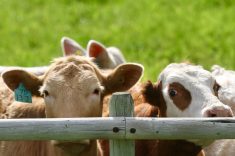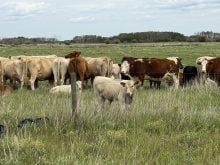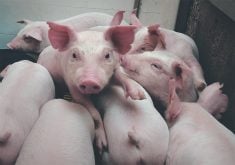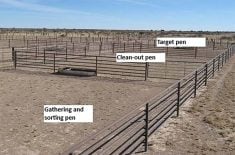Some relief looms for Manitoba cattle producers who are bearing the brunt of efforts to stamp out bovine tuberculosis in their province.
The area around Riding Mountain National Park could be declared free of tuberculosis in spring. For producers in that area, the change of status could mean an end to movement restrictions on their cattle.
Some testing of herds would continue for surveillance purposes.
“If we don’t find any infected herds, that means that come April of 2006, we will have gone three years without finding an infected herd,” said Maria Koller-Jones, a veterinarian with the Canadian Food Inspection Agency.
Read Also
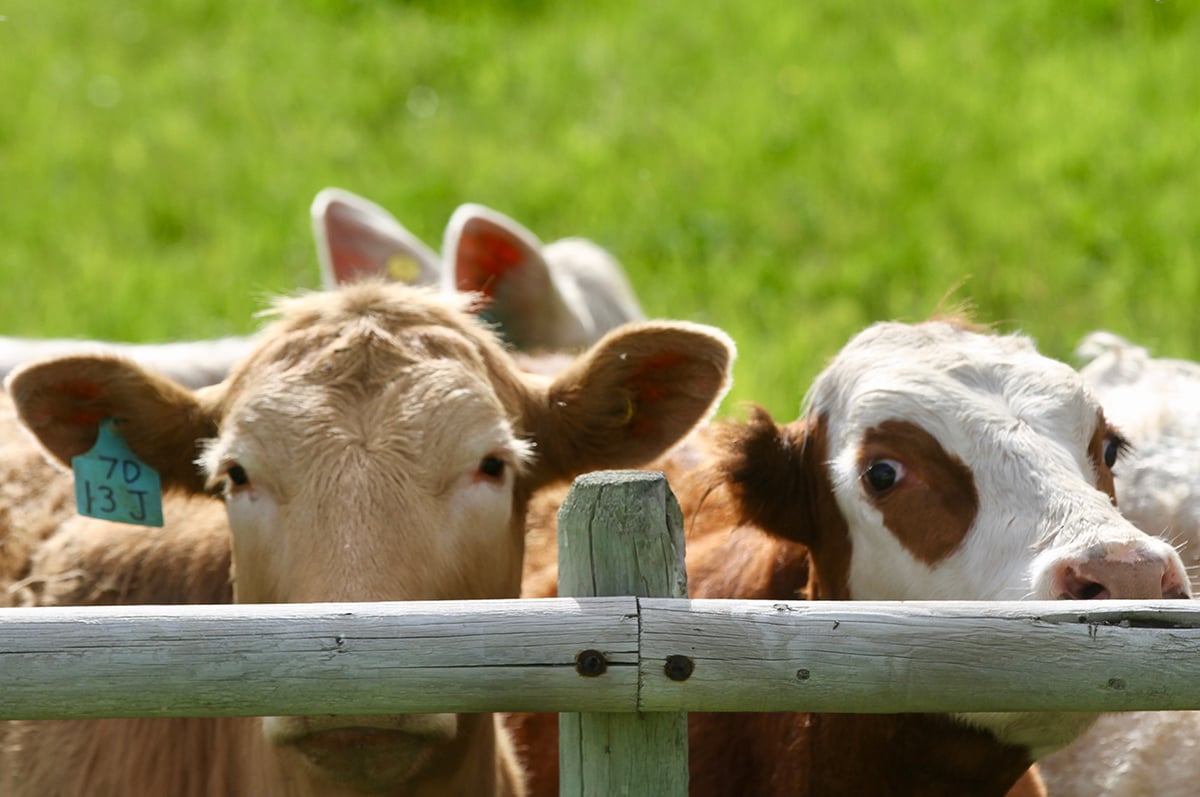
Feeder market consolidates at historic highs
For the week ending Sept. 6, Western Canadian feeder cattle markets were relatively unchanged compared to seven days earlier.
“Under the Health of Animals regulations, the Riding Mountain eradication area can be classified TB free after three years without finding an infected herd.”
Koller-Jones said she is cautiously optimistic about the prospects for a change in the area’s TB status. The change is not yet guaranteed since testing of cattle herds around the park continues.
More than 30,000 cattle will be tested in the eradication area between now and spring.
Even if the area regains TB-free status, there would still be ongoing surveillance for the disease, Koller-Jones said.
“It doesn’t mean we’re going to automatically stop testing. The surveillance will continue as long as we believe the risk is there.”
With TB-free status, producers would no longer require movement permits to ship their cattle out of the Riding Mountain eradication area.


